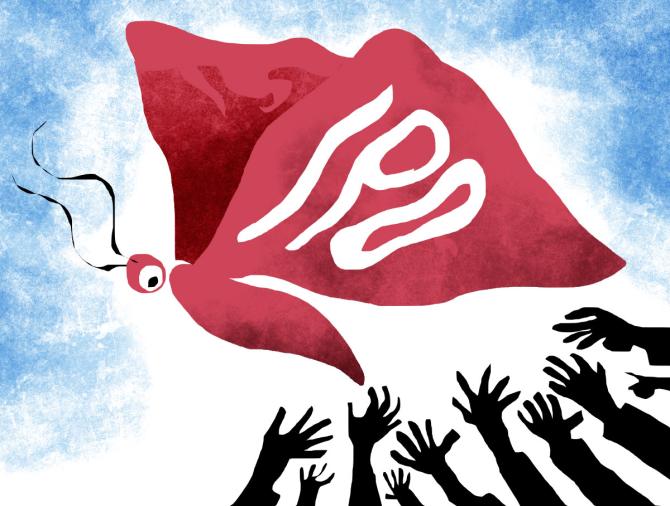The number of draft red herring prospectuses (DRHPs) filed with the markets regulator — Securities and Exchange Board of India (Sebi) — jumped nearly fivefold to 145 in 2021-22 (FY22), compared with just 30 in the preceding financial year (2020-21, or FY21).

This was on account of companies rushing to take advantage of a favourable market sentiment towards initial public offerings (IPOs), triggered by an influx of new investors, surge in the secondary market, and encouraging performance of newly listed stocks.
In fact, DRHPs filed in FY22 was 4x the previous 10-year average and the highest since 2007-08, according to primary market tracker PRIME Database.
Companies from new-age sectors, such as financial technology, online e-commerce, and food-delivery, tapped the market for the first time.
The year saw companies from several unique sectors, as well as traditional businesses, file their offer documents.
A large number of filings was on account of a push from private equity and venture capital investors looking to exit their investments.
“We have seen new-age businesses, as well as conventional ones, raise public money successfully.
"It indicates the diversity and depth of our markets.
"Investors now understand businesses across stages, sectors, and themes,” says Mahavir Lunawat, managing director (MD), Pantomath Capital Advisors.
Industry players say IPO filings were hit during pandemic-hit FY21, which somewhat inflated the numbers for FY22.
While 145 companies filed their offer documents, only 52 managed to launch their IPOs during the year.
Several companies are still awaiting Sebi’s go-ahead to launch their IPOs.
Meanwhile, some, having obtained Sebi’s nod, have had to hold back their IPO plans due to a spike in market volatility during the March 2022 quarter.
According to PRIME Database, over 54 companies, including Life Insurance Corporation of India, proposing to raise Rs 1.4 trillion are currently sitting on Sebi approval.
Another 43 companies looking to raise around Rs 81,000 crore are awaiting Sebi approval.
Of these 97 companies, seven are new-age technology firms looking to raise Rs 30,000 crore.
Massive sell-off by foreign portfolio investors (FPIs) due to the US Federal Reserve’s hawkish pivot and Russia’s attack on Ukraine has delayed the listing plans for some of these companies.
The benchmark Sensex came off as much as 13 per cent, from its 2022 highs in early March.
This also slowed the IPO filing process.
In January and February, only seven and 11 firms filed their DRHPs, respectively.
The IPO filing activity once again picked up in March as markets staged a rebound.
S Venkatraghavan, MD, Equirus, says typically DRHP filings pick up in March, given it’s the cut-off month to file DRHPs with September financials.
“If companies miss the March 31 deadline, the September audit is not valid.
"They have to then do another audit. However, when it comes to IPO launches, March was a wait because of volatility in the markets,” he adds.
However, with markets bouncing back 14 per cent from their March lows and FPI outflows stemming, IPOs and DRHP filings could once again gain momentum, observe industry players.












 © 2025
© 2025